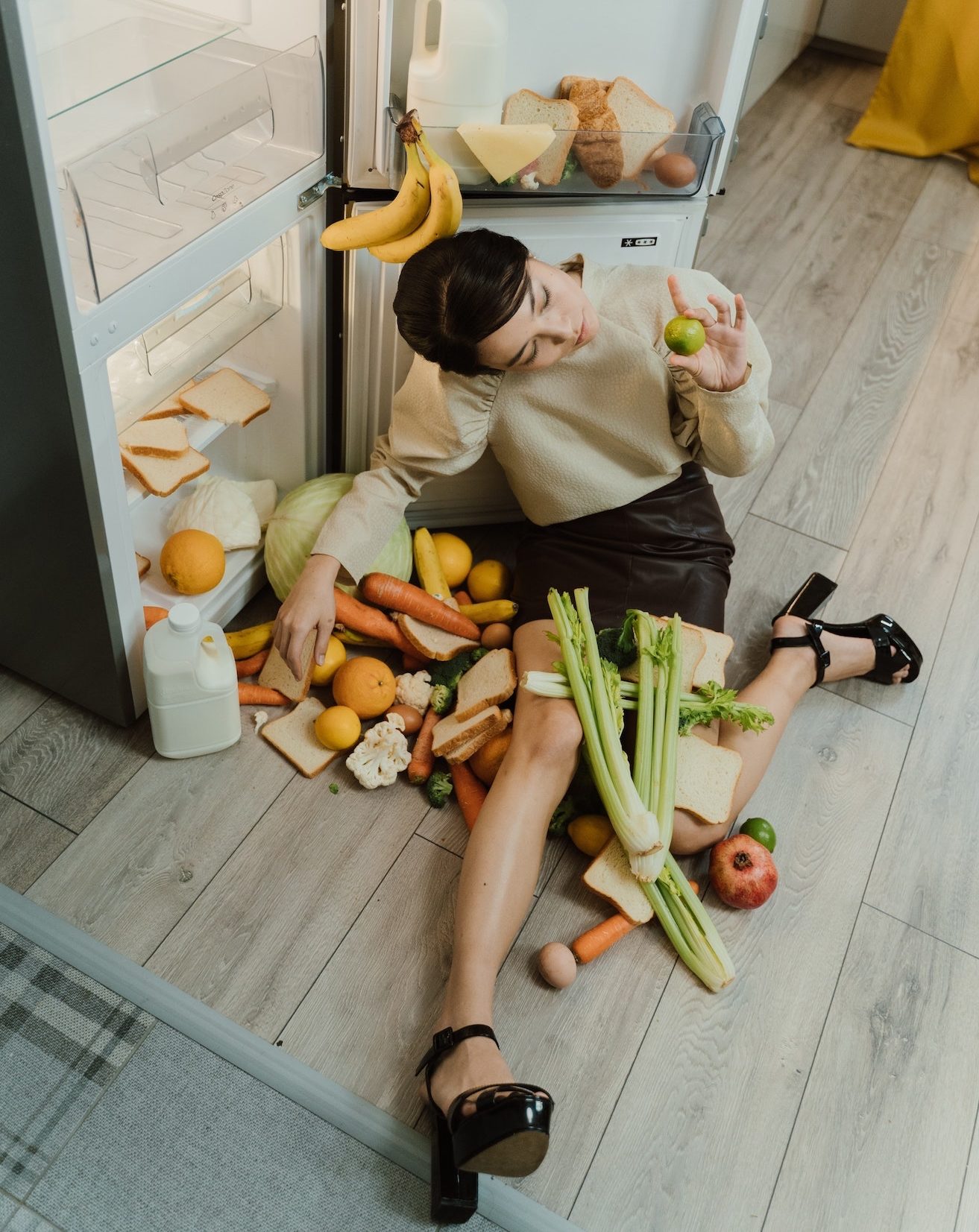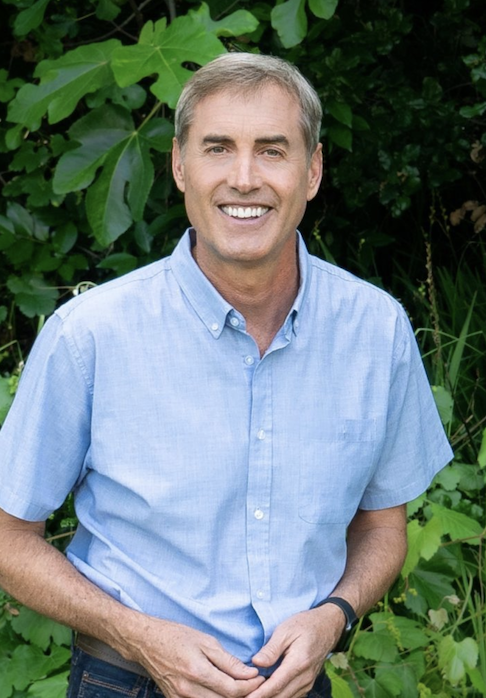Could tiny habits heal your posture?

Breaking news: my fridge is clean and has been since early January.
This may not sound like much but bear with me.
All my adult life I have kept a messy fridge. I didn’t mean to, of course. No one does. But I was busy. There was always something better to do than clean the fridge. And I like food, so I would fill my fridge with good things to eat, which made it harder to keep clean.
Inevitably, I’d find a slimy lettuce or a liquifying cucumber at the bottom of the produce drawer. This would be followed by a stab of guilt over wasting food, plus a strong urge to shut the fridge door and do something else. Days later I’d still be harboring the liquid cuke.
When I couldn’t stand it anymore, I’d launch myself into a fridge-cleaning frenzy. Hours later, the fridge would be pristine. Then the whole cycle, complete with rotting vegetables, would repeat.
Time after time it re-enforced my conviction that I was always going to have a messy fridge, and worse, that somehow, deep down, I was a messy-fridge person.In fact, I just didn’t have a fridge-cleaning habit.
Now I do, thanks to Stanford behavioural researcher B. J. Fogg and his Tiny Habits method.
Why bring up this tale of domestic drama on a website devoted to Original Alignment?
Because more than anything else, learning Original Alignment is a massive exercise in habit change.
And as someone who has just changed a 55-year-old fridge maintenance habit, I’m here to tell you that you don’t have to spend your life alternating between trying to stand up straight and slumping. And you’re not in any way a lousy-posture person. You just don’t have a habit of living in balanced posture.
It’s true that most of us begin Original Alignment with a road-to-Damascus moment. The scales fall from our eyes, the magnificent truth floods our understanding and we embrace it: healthy posture is beautiful, comfortable, and our birthright as human beings.
All we need to do to is learn what simple habits keep us in balance with gravity, and then adopt those habits, all day, every day. But simple isn’t the same as easy. If habit change were easy, none of us would smoke, or drink to excess. We would all eat well and get lots of exercise. And we would all live in clean, clutter-free houses, and get our taxes in early. We don’t.
Posture habits, being largely unconscious, come with an extra layer of difficulty.
Learning where it’s best to put your weight when you sit – forward of the sitting bones – doesn’t mean that you’ll remember to adjust your pelvis every time you sit down. And trying to change every posture habit you have, while sitting, standing, walking, or bending, is an overwhelming task. It can feel like you’ve hired yourself to be a particularly demanding boss.

That’s where Tiny Habits come in. I’d highly recommend buying Fogg’s book, Tiny Habits: The Small Changes That Change Everything. But there’s plenty of information on Fogg’s website. And this NPR interview does an excellent job of providing an overview.
In brief, a Tiny Habit has three parts.
First, there’s the anchor that triggers the action. An ideal anchor is something you do regularly because you want to. I press start on the milk frother every morning because I love matcha lattes, and the milk frother produces perfect ones. I am always going to push that button, every morning.
Second, the habit itself, an action so tiny that it’s almost impossible not to do it. My habit is to is open the fridge door and look inside for something to tidy. That’s it. I don’t have to tidy anything. I just have to open the door and look inside.
Third, a celebration. This may be where Fogg departs most radically from other habit theorists. He believes that what sets a habit into place is the rush of dopamine we get when we feel successful. Fogg calls this emotion “shine.”
Helping yourself to feel shine is an essential part of habit change. It may also be the most difficult part of the method, especially if your habit is to scold yourself, or if celebrating an act as small as the typical Tiny Habit makes you feel silly.
Tiny habits either expand or proliferate.
Habits like Fogg’s “After I pee, I will do two push-ups,” can expand until they become 20 push-ups or more.
Habits like opening the fridge door grow in a different way: they proliferate. Our current fridge is stainless steel, so it smudges. Now I take 10 seconds to wipe it down with a microfibre cloth. And while I have the cloth out, what about the stove?
You can see where this is going. I’ve now ceased to be a messy-fridge person, and I’m becoming the kind of person who tidies up.
How could you adapt Tiny Habits for OA? Here’s a recipe I would suggest. There are, of course, many more.
Anchor: after I sit down in a chair.
Habit: I will do a quick adjustment, so my weight is forward of my sitting bones, and then relax.
Celebration: whatever works for you. What works best for me is thinking the word, “home.” Not “home,” as in a home run, but home as in the happy feeling of being at home in my body.
And that’s it. There’s much more to balanced sitting, of course. But if you form the habit of sitting forward of your sitting bones, you will set off a chain reaction that will gradually release tension throughout your body and make it possible to come into balance.
Are you asking, “What’s so wonderful about sitting? How could sitting better possibly make such a big difference in my life?”
Hold that thought. Next time we’ll look at what makes sitting well so powerful.
In the meantime, if you’re ready to learn more about Original Alignment, check out my online Spinefulness Foundations course. This self-paced course has four one-hour videos covering sitting, standing, bending, walking and breathing, plus six extra five-minute practices.
If you’d prefer a small, friendly class with individual feedback, join me on Thursdays at 12:30 pm PT for an all-levels Zoom class in Original Alignment. Scroll down the page for class details.